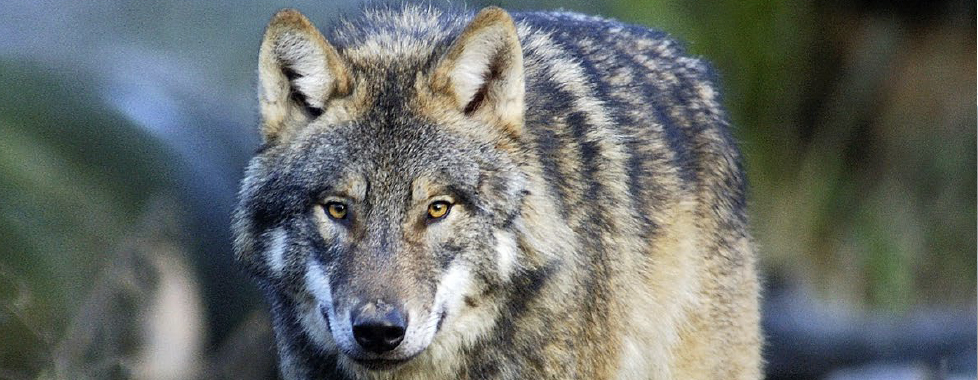“Kurti”, a young wolf in Germany, was shot because he had been repeatedly coming close to people. The question came up about whether it was a dog-wolf hybrid or if it was just curious, as young wolves usually are.
In a recent interview with the German hunting magazine, Wild und Hund, Prof. Dr. Dr. Sven Herzog, Expert of the CIC German Delegation and Chair of the Department of Wildlife Ecology and Game Management at Dresden University, described the possible implications of interbreeding between wolves and dogs. Prof. Herzog explained: “Hybridization means that wolves (the wild form of the dog) and dogs (the domestic form of the wolf) mate and have offspring.” This happens more frequently as wolves become increasingly common. Though the differentiation between “pure-bred” wolves and hybrids is possible through phenotypical characteristics, the additional use of molecular markers may give clearer results.
Hybrids between protected species have the same strong protection internationally as the original species. The problem with wolf-dog hybrids is that in many dog breeds the timidity to humans is bred out – meaning that a wolf-dog hybrid approaches people differently compared to pure bred wolves.
An important issue of the future will be the legal status of the hybrids – being half protected species and half vermin. Management plans for these animals will have to deal with this question. The management of hybrids will be closely connected with the management of wolves as a species: either the solution will be to include wolves in hunting regulations with a closed season or quota, where the hunting manager covers the costs; or it will be protected, where the taxpayer bares the costs. For the wolf populations either method is acceptable; however, any method in-between would be counter-productive.
Read the full article in German, with the kind permission of Wild und Hund.


